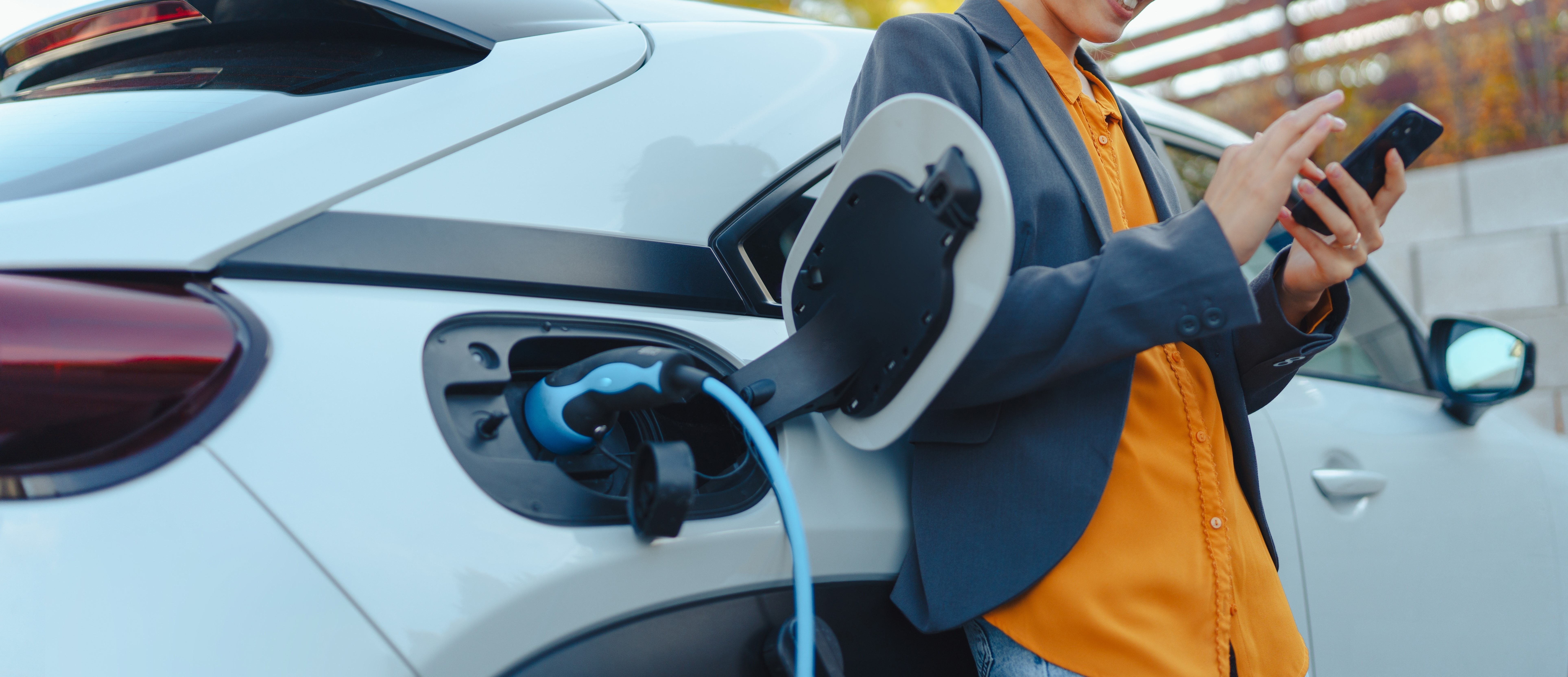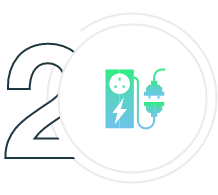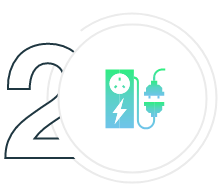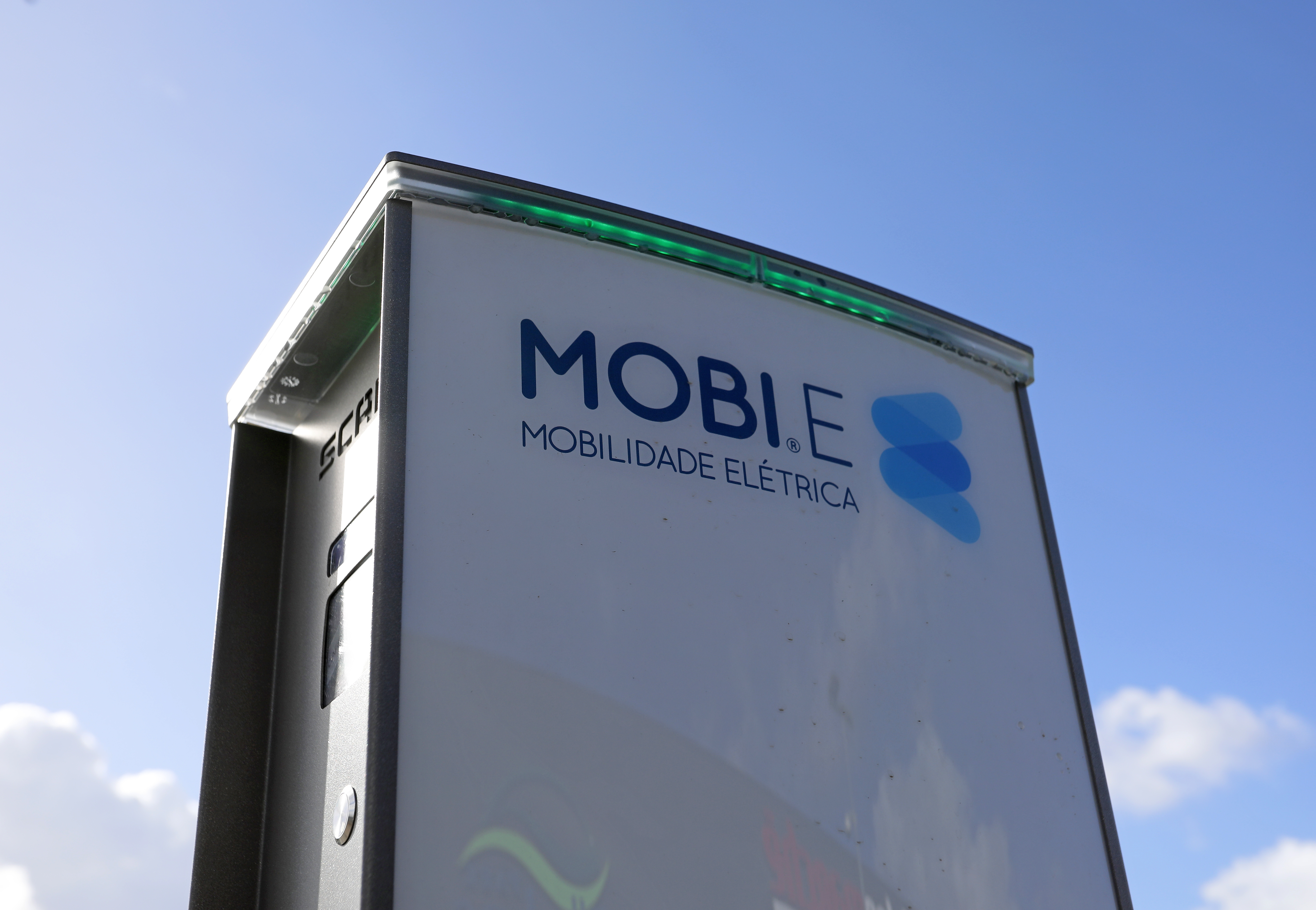In case you wish to have a charging station at your home or condominium, company, hotel, restaurant or next to your business and benefit from tax incentives and benefits associated with electric mobility, you can become a Charging Point Holder.
Charging Point Holders - Mobi.e
Station Holders
What does it mean to be a Charging Point Holder?
A Charging Point Holder (DPC) is the owner of a charging point, located in a private space with private access, for its own use or for a limited number of users, and which, by option, is integrated in the Electric Mobility Network. .
The activity of the Charging Point Holder cannot be of a commercial nature.
With the station installed and integrated into the Mobi.E network, it will be used like any other charging station on the network, that is, the energy consumed will be paid by users under the contracts signed with the respective Electricity Suppliers for Mobility Electricity (CEME), thus not being included in the energy bill of the DPC and benefiting from tax incentives and benefits applied to electric mobility, both in terms of charging and installation.
What are the benefits of becoming a DPC?
- Electric vehicle users can charge their electric vehicle at home, the energy being paid same as at any other charging station on the mobility network, that is, by the person responsible for the contract with CEME (for example, your company, if it provides you with a card for charging electric vehicles);
- The condominium, groups of owners or individual owners can install charging stations connected to the electrical installation of the common parts of the building, paying their consumption directly to their CEME, without the condominium incurring any cost;
- Allows greater management of the stations installed in a condominium, since several condominium owners can share the same charging station, each paying the energy consumed to their CEME;
- A company may allow its employees and/or customers to charge their vehicles at the company's station(s), with energy consumption charged to the vehicle user (employee or customer) in accordance with the respective contract with CEME, without any charge to the company;
- Employees can charge company vehicles at home, the costs being borne by the company, benefiting the company from the tax incentives and benefits associated with electric mobility.
Are you a business owner (hotel, restaurant, etc.) and do you have or want to install a charging station for your customers benefit from, without having to bear the costs of charging your customers? Become a MOBI.Charger, see here how.
Find out all about State support for the installation of stations in condominiums here.
I want to be DPC, what do I have to do?
* If the agreement is signed by an attorney, the power of attorney must be signed by the person who has the power to legally bind the organisation.








